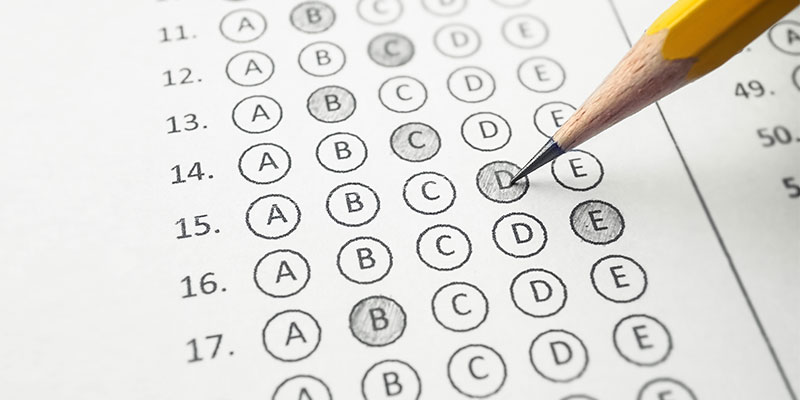
PSLE is a primary school leaving examination conducted for students in Singapore, which usually happens at the closing of the sixth year. As many students find the PSLE difficult, many measures are taken to help them improve their scores. The PSLE Science subject covers elementary chemistry, biology and physics and includes topics like interactions, cycles and systems.
According to a survey, primary school students can handle 40% of the PSLE Science paper effortlessly. As students learn to apply the principles to real-life situations, they master the topics and score better. Children usually have trouble understanding the complex notions of PSLE Science when they cannot grasp the basic concepts and facts. In this article, let us discuss some useful tips and techniques to tackle PSLE Science easily.
Here we will briefly summarise the PSLE Science syllabus by describing foundational topics. Students must know what type of questions they will face during the examination. When attempting to answer the questions, students must actively engage instead of skimming through the paper passively. Doing so will help them understand the questions better.
Living & Non-living Things and Diversity
Topics discussed here will include things in the universe, structures, patterns and systems of living and non-living things. The PSLE Science syllabus includes more topics as well, like atoms, cells, molecules, ecosystems, organisms, etc.
Questions to Consider:
Cycles
As cycles are patterns that repeat themselves in nature with time, they may be correlated with anything like seasons, phases of the moon, solar eclipses and natural calamities like earthquakes.
Questions to Consider:
Interactions
Interactions are caused when two cycles or systems meet to develop a new phenomenon. Examples of interactions are resource consumption, prey-predator relationship, etc.
Questions to Consider:
Systems
A system is a group of entities that work together to perform a function. The types of systems included in PSLE Science are physical, biological, social, and chemical. A system is made up of two parts, namely:
Questions to Consider:
Energy
Energy is the driving force behind every movement and change. Energy is classified into kinetic and potential. Kinetic energy cannot be stored and is created during constant motion, like the vibration of atoms. On the other hand, potential energy can be stored and used later. Examples of potential energy include a loaded gun, a wound-up spring and a tank with gasoline.
Questions to Consider:
The PSLE Science test format is standardised and follows the pattern mentioned below. Let us look at the sections in detail here so that students can understand what to expect.
Booklet A
Booklet A has 56 marks comprising 56% of the entire score. This section in PSLE Science is made of a majority of multiple-choice questions that test the student's understanding of various science topics. Usually, as this section provides answers to the students, most of the children finish it in a short duration. Educators advise their students to move on to Booklet B as soon as possible as it is comparatively more difficult.
Booklet B
Booklet B has 44 marks and contains open-ended questions that are long-format. This section in PSLE Science tests the capability of the student to communicate the learnt concepts through writing. Students struggle here as these questions demand that they use their problem-solving skills. Even though it is only 44% of the total score, this section is very important.
There are a few tips and tricks to follow to answer the PSLE Science paper without any struggle. They include:
With the above steps, you will be able to help your child handle PSLE Science papers with ease and score high. Subscribe to the Studysmart app, an online platform for students in Singapore which helps students score high in the PSLE exam. We have highly efficient online tutors who provide question banks for students to prepare better and ace the examination easily.
Have you been keeping up with Study Smart? See how PSLE's learning platform is changing through our GMB website. Click here.
No. 1, North Bridge Road,
#07-07 High Street Centre,
Singapore - 179094
Phone: +65 8488 8686
Email: enquiry@studysmart.sg